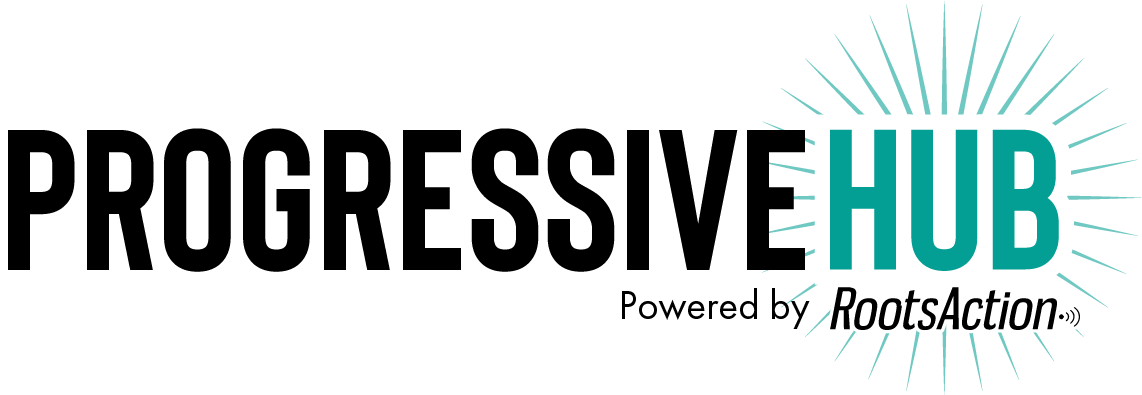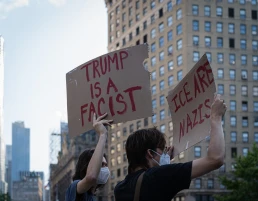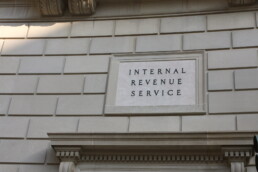The U.S. employee class broadly feels victimized by the last half-century’s neoliberal globalization. Waves of manufacturing job exports, coupled with waves of automation, have mostly brought that class bad news.
by Richard D. Wolff, Brave New Europe
By “class system” we mean the basic workplace organizations—the human relationships or “social relations”—that accomplish the production and distribution of goods and services. Some examples include the master/slave, communal village, and lord/serf organizations. Another example, the distinctive capitalist class system, entails the employer/employee organization. In the United States and in much of the world, it is now the dominant class system. Employers—a tiny minority of the population—direct and control the enterprises and employees that produce and distribute goods and services. Employers buy the labor power of employees—the population’s vast majority—and set it to work in their enterprises. Each enterprise’s output belongs to its employer who decides whether to sell it, sets the price, and receives and distributes the resulting revenue.
In the United States, the employee class is badly split ideologically and politically. Most employees have probably stayed connected—with declining enthusiasm or commitment—to the Democratic Party. A sizable and growing minority within the class has some hope in Trump. Many have lost interest and participated less in electoral politics. Perhaps the most splintered are various “progressive” or “left” employees: some in the progressive wing of the Democratic Party, some in various socialist, Green, independent, and related small parties, and some even drawn hesitatingly to Trump. Left-leaning employees were perhaps more likely to join and activate social movements (ecological, anti-racist, anti-sexist, and anti-war) rather than electoral campaigns.

The U.S. employee class broadly feels victimized by the last half-century’s neoliberal globalization. Waves of manufacturing (and also service) job exports, coupled with waves of automation (computers, robots, and now artificial intelligence), have mostly brought that class bad news. Loss of jobs, income, and job security, diminished future work prospects, and reduced social standing are chief among them. In contrast, the extraordinary profits that drove employers’ export and technology decisions accrued to them. Resulting redistributions of wealth and income likewise favored employers. Employees increasingly watched and felt a parallel social redistribution of political power and cultural riches moving beyond their reach.
Recent Posts
‘Unconstitutional. Unethical. Authoritarian.’ ICE Bars Millions Of Immigrants From Bond Hearings
July 18, 2025
Take Action Now One watchdog said the new policy “seems like a blatant attempt to stop them from exercising their right to due process.”……
Americans Are Not Nearly Alarmed Enough About Climate Change
July 18, 2025
Take Action Now Americans still don’t comprehend how imminent, dangerous, and far-reaching the threat is—and journalists are partly to blame.By…
The IRS Is Building A Vast System To Share Millions Of Taxpayers’ Data With ICE
July 17, 2025
Take Action Now ProPublica has obtained the blueprint for the Trump administration’s unprecedented plan to turn over IRS records to Homeland Security…
Israel’s Sudden Assault On Syria Is Unchecked Aggression
July 17, 2025
Take Action Now Jerusalem is bombing Damascus and threatening al-Sharaa’s rule, while Washington was hoping to help the nascent government on…




